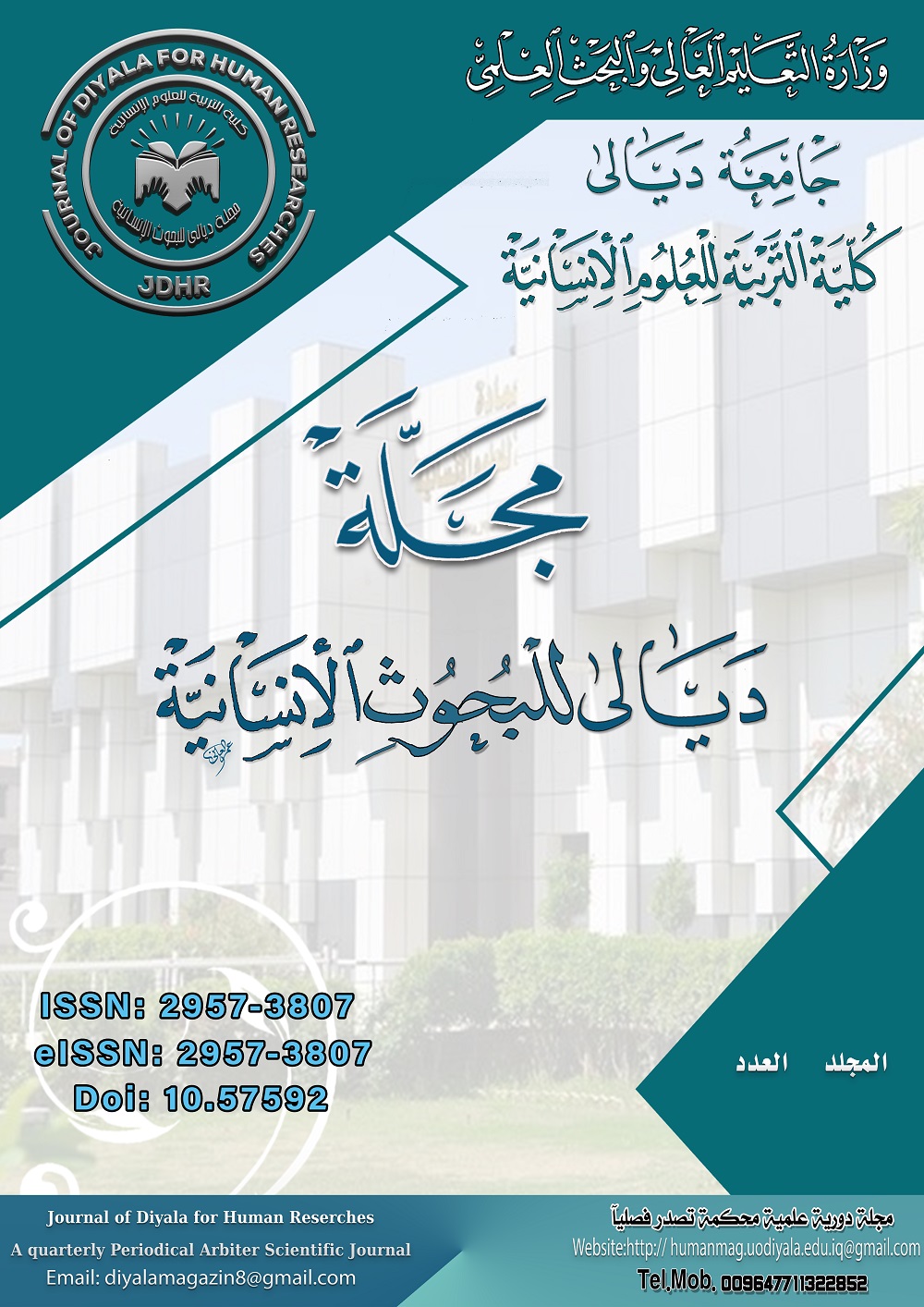الاشتقاق الأكبر مقاربة تأصيلية
The greater derivation: essantial closeness
DOI:
https://doi.org/10.57592/7dq38s13الكلمات المفتاحية:
الاشتقاق الأكبر مقاربة تأصيليةالملخص
التأصيل مسألة راسخة في الفكر اللغوي العربيّ، فلا يغيب الكلام على أصل الظاهرة معظم المباحث اللغوية، بل تجدها حاضرة في أغلبها إن لم تكن في كلّها. ولعلّ أبرزها وأظهرها ما كان مسألة من مسائل الخلاف بين نحاة المدرستين البصرية والكوفيّة وهي المسألة الثامنة والعشرون من المسائل الخلافية بين المدرستين التي أحصاها أبو البركات الأنباري (ت 577هـ) في أصل المشتقات أهو الفعل أم المصدر؟ ولا يخفى أنّ المراد بالاشتقاق هنا هو الاشتقاق الصرفيّ الذي اصطلح عليه أيضًا بـ "الاشتقاق الصغير". ومع هذا لم تُحسم المسألة بين المدرستين وما زال الخلاف قائمًا ليومنا هذا، فأدلة الفريقين متكافئة متعادلة ولا يرجح مرجّح رأيًا إلّا لميلٍ أو هوىً لإحدى المدرستين أو سابق موقف منهما.
التنزيلات
منشور
إصدار
القسم
الرخصة
الحقوق الفكرية (c) 2025 أ.م.د.عبد الرحمن عزيز مصطفى ، م. محي الدين محمد سعيد

هذا العمل مرخص بموجب Creative Commons Attribution-NonCommercial 4.0 International License.

